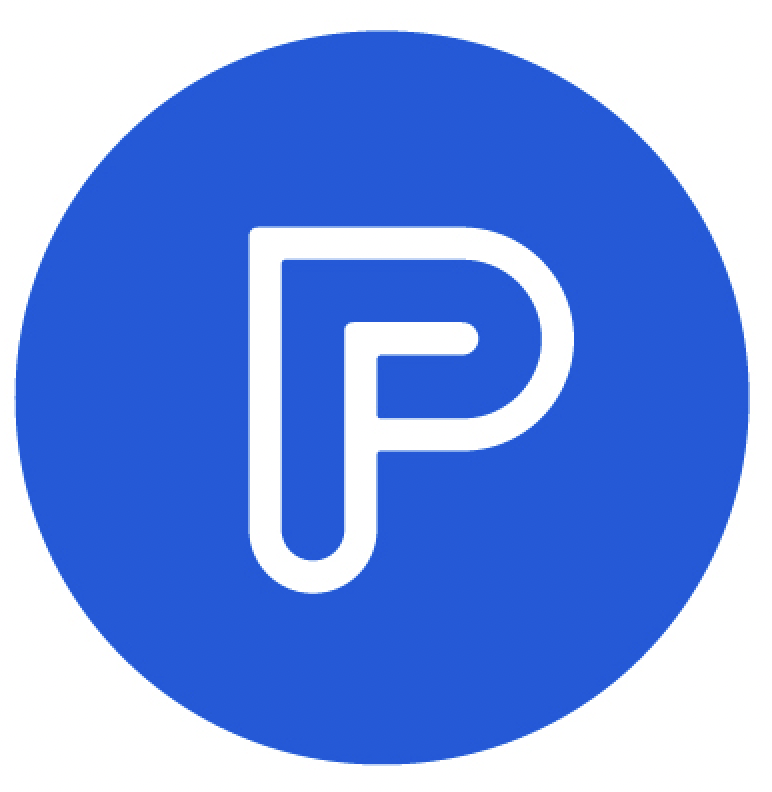How a Fresh Approach to Payroll Will Help You Work Better with Other Departments

It’s tough out there, costs are rising, and there’s a talent shortage to deal with.
Because of this, you’re in no position to dither when it comes to fragmented HR and finance departments. These two departments have shared goals, yet they operate separately, sometimes relying on clunky legacy systems and manual data entry.
Without understanding finances, how will HR pull that benefits package together? And without timely notification of salary changes, how can payroll deliver on expectations?
But don't panic - together, we can fix this.
To deliver valuable results to your organisation, these two departments need to work together without friction.
So if your departments don’t currently have the technology to enable them to do just that, you might require a fresh approach.
A fresh approach to payroll - what does it look like?
A fresh approach looks like tech that helps rather than hinders business collaboration.
It’s software that not only saves you time but gives everyone involved access to the best data to make business decisions that will add value, such as resource allocation, budget planning and forecasting.
You need payroll to deliver accurate and timely payments to your employees. But you want to also help other departments capitalise on the value you can bring them, such as access to valuable salary data to benchmark, attract and retain talent.
Let’s say HR authorises a salary increase, but it’s not been checked against the payroll data — you might realise (too late) that the department is now over budget, and you’re scrambling around to find the cash from elsewhere.
It’s mistakes like these that need to be left in the past, alongside paper payslips and disjointed data. So, if you’re considering entering the new tax year fully-prepared, keep reading.
Why integrate payroll and HR?
Three in four employers agree that teamwork and collaboration are very important in their organisation. Yes, we can all agree that communication is important, but being able to put it in motion effectively is an entirely different story.
Effective interdepartmental communication starts with having the right tools at your disposal and integrating department tools that complement each other is a good starting point.
HR and payroll departments already work together; they need to ensure new hires are added to the payroll system efficiently, avoiding any delays with their first payday. And when the payroll department works with finance, they must ensure that the correct tax calculations are made to avoid penalties and fines.
Improving collaboration like this can help your bottom line, too. When you improve collaboration, the workforce becomes more productive, and your organisation becomes more effective, positively affecting its financial performance.
So integrating these two departments isn't just a 'nice to have'; it's integral to the smooth running of your organisation and business growth.
Collaborating outside of HR and finance
Collaboration doesn’t just stop with HR and finance teams. Payroll can add value to every department in your organisation.
Payroll has access to valuable data — it can shine a light on areas of weakness.
For example, studying overtime data might help you pinpoint some staffing issues, and a swift delve into team absences might uncover a lack of productivity in particular teams. All team leaders can make use of salary data to benchmark against competitors to draw the best talent and keep hold of the employees they have.
When used correctly, payroll data holds power to keep your business competitive, and that’s what we’re all fighting for.
How payroll software helps you collaborate better
Payroll software helps collaboration by removing team silos and embracing shared goals, improving employee relationships, and automating tasks to make everything more efficient.
Collaboration isn't just another business buzzword; it's actually pretty important to help you compete in a crowded marketplace. Learn more about how payroll software can lend a hand below.
Get rid of silos and embrace shared goals
Although separate departments, HR and payroll have one major thing in common — the people in the organisation.
Payroll is responsible for tax calculations and paying on time and accurately, yet HR oversees increases to salary, benefits, and bonuses. But for two departments with so much in common, don't you think it's strange they operate in their own silos?
Silos have no place in the modern workplace, and although they stop departments from working productively together, it's largely the employees who get the raw end of the deal. Moreover, it's clear that this way of working disrupts the employee experience.
To deliver an exceptional employee experience, which helps retain staff and ensures departments run efficiently, you need to integrate the two departments and remove silo mentality.
Build better relationships with employees
Employees need to be paid on time and correctly. Payroll software, like PayFit, removes any guesswork and reduces human errors to automatically generate and distribute payslips, giving employees the predictability they need to live and pay bills without worry.
Research shows that when employees feel valued and respected by their employer, they have more job satisfaction, which means they're less likely to look elsewhere for a job. And, let's be honest, who can be bothered recruiting again and again? It's hard work, and it's expensive — wouldn't you rather keep hold of the talent you have?
With payroll software, you can give your employees access to their own portal where they can request annual leave, raise expense claims, and access their digital payslips. All these elements help build better relationships with your employees.
Automate tasks to make communication effortless
Ridding all departments of manual tasks, like signing off expense reports, submitting expense claims, logging overtime, and onboarding staff can become a reality with payroll software.
Software can prompt you to sign off expense forms, automatically checking them against your pre-defined expense policy, so you don't have to. In addition, HR software can generate onboarding checklists to ensure both HR and payroll departments get the data they need to add new employees to their system, so there aren't any avoidable delays.
Automation has the power to change the face of payroll in the modern workplace, and if you're not taking advantage of it, you're already behind the competition.
Before you go
To those on the outside, payroll might seem like a small part of running a business, but we know how important it is - it holds the power to drive informed business decisions. All while ensuring employees are getting the best possible experience.
Gatekeeping information and data only slows down processes for everyone in an organisation. So having systems that talk to each other, remove duplicate data and introduce a better way of working will speed up all your internal processes, build trust and positive staff relationships, and ultimately drive business success.
Interested to see how our payroll software enhances your business processes? Book a demo.
P11D Forms Explained: A Guide For UK Employers In 2025
How Much Does an Employee Cost UK Employers in 2025?

Bank Holidays UK: Employment Law Guide 2025
UK Statutory Notice Periods - An Explainer For Businesses
What Is OTE? How UK Businesses Can Unlock Its Potential







